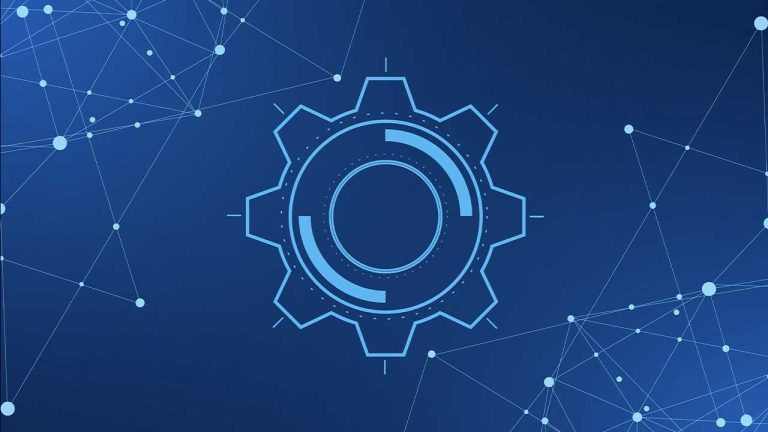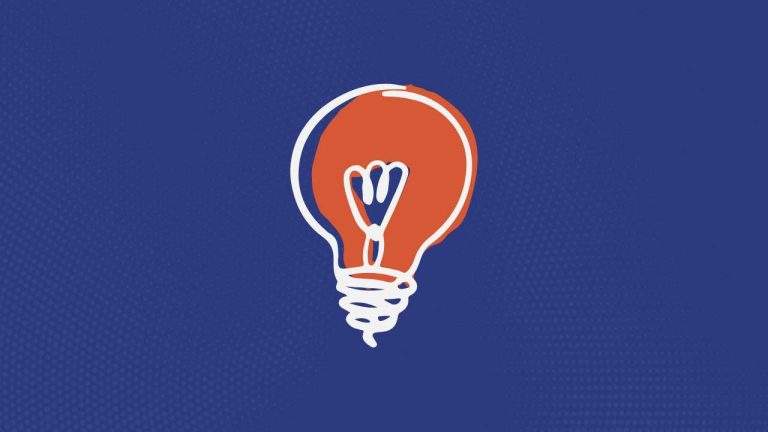Sensor Data Beats Employee Labor Every Time
Modern IoT sensors can provide 24/7, real-time monitoring of equipment and processes in a wide variety of applications:
- Monitoring compliance with hand-hygiene policies in restaurants and hospitals
- Monitoring roof top HVAC units to ensure they are working properly
- Tracking up-time and overall equipment effectiveness (OEE) of manufacturing lines
- Monitoring Oil & Gas wells to ensure proper operation and detect equipment failures and hazardous conditions such as a tank that is about to overflow
- Monitoring air and soil conditions for indoor agriculture to ensure that conditions are perfect to maximize crop yield
- Monitor refrigerator/freezer temperatures to ensure proper operations and that the food or vaccines stored within are at safe temperatures
- And so on
Traditionally, many of these monitoring tasks have fallen on manual practices performed by employees because the sensor technology was either too expensive or non-existent for the application. For example, a shift manager might be responsible for periodic monitoring of employee handwash practices while other employees are responsible for measuring and recording refrigerator temperatures at regular intervals. In the Oil & Gas market, pumpers are responsible for visiting well sites on a regular schedule to ensure equipment is operating properly and log key operating parameters for historical tracking. Similar situations exist in hospitals, manufacturing, commercial building management, etc.
Further reading: Tips for Powering the Trillion Sensor Industrial Internet of Things Dream
The collected data are vital to the operation of the respective enterprise. In many cases such data are used to ensure safety, improve operations, maintain equipment health, reduce costs, and lower employee labor. As the sophistication of modern business operations grows in scope and complexity, these data become even more important.
As the need for data and the reliance on data increases, manual monitoring or collection processes begin to break down. For instance:
- Manual continuous monitoring is unfeasible if not impossible. It is impractical to expect employees to continuously monitor a process or piece of equipment. Fatigue and other human factors will limit the employee’s ability to accurately and continuously observe the equipment, and the employees time may be better spent performing a different task. For certain application, manual monitoring is fine, but in most applications, automated monitoring with more fidelity is necessary.
- Even the best-intentioned employees make mistakes; they may transpose numbers or forget to complete a task. Such errors result in unreliable data that affects any decision-making processes that rely on the data.
- Employee labor is expensive. In most cases, due to employee costs, observing and recording data is a collateral duty and not the main function for an employee, which limits, again, the frequency of monitoring. Adding employees to have enough labor to collect the required data is most often prohibitively expensive.
Fortunately, an emerging category of technology called the “Internet of Things” (IoT) promises the ability to provide operational management with new, low-cost options for collecting and analyzing data needed to make decisions and drive processes.
- An IoT solution is comprised of several component parts:
- Battery powered wireless industrial sensors capable of collecting data multiple times per minute (or hour)
- Cloud based storage for sensor data
- Analytics engine to analyze incoming data and act when required
- Reporting tools to present the data in a useful format
- User interface for interacting with sensors, data and analytic information

A properly designed IoT solution includes all of these components, is easy to install and use, and provides 24/7 monitoring, alerting, and reporting. The benefits of switching from employee labor to IoT-based monitoring are profound and nearly instantaneous:
- Employee labor savings – a well designed solution should save more in employee labor than the cost of the solution
- Improved accuracy – sensor data is correct, and is collected and recorded on time, every time
- Improved fidelity – data is collected multiple times per minute/hour instead of multiple times per day
- Remote access – data and analytics are available anytime, anywhere via laptop, tablet or mobile phone
- Automatic analysis – machine intelligence can analyze incoming data, detect actual or potential problems, and alert key stakeholders via email, text message, or through daily reporting
- Improved up time for equipment, manufacturing lines, Oil & Gas wells, and any other asset that is being monitored
- Improved safety – unsafe conditions are detected and reported immediately, reducing the chances that an unsafe condition can cause a safety incident
- Improved compliance – monitoring processes that involve humans, such as hand washing, will result in improved compliance. What gets measured, gets done!
In a head-to-head comparison, IoT sensor data will beat employee labor every time; sensor data is less expensive, more accurate, and far more robust than data that is collected by humans.
Read the original version of this article here. Access more articles focused on connected industry here.
![]() This article was written by Steve Montgomery, the CEO and Founder of Digital Six Laboratories, Inc. Steve is a creative problem solver who designs, develops and delivers complex yet easy to use IoT solutions across a variety of markets and applications. His 20+ year career started at the age of 14, working as an apprentice engineer at Great Plains Research and Development. Steve served honorably in the United States Navy’s Nuclear Power Program where he was selected to be a Nuclear Power instructor. He started his first company shortly after completing his service and has worked in technology-based startups ever since, including companies like Linx Technologies, Radiotronix, and International Global Call.
This article was written by Steve Montgomery, the CEO and Founder of Digital Six Laboratories, Inc. Steve is a creative problem solver who designs, develops and delivers complex yet easy to use IoT solutions across a variety of markets and applications. His 20+ year career started at the age of 14, working as an apprentice engineer at Great Plains Research and Development. Steve served honorably in the United States Navy’s Nuclear Power Program where he was selected to be a Nuclear Power instructor. He started his first company shortly after completing his service and has worked in technology-based startups ever since, including companies like Linx Technologies, Radiotronix, and International Global Call.



